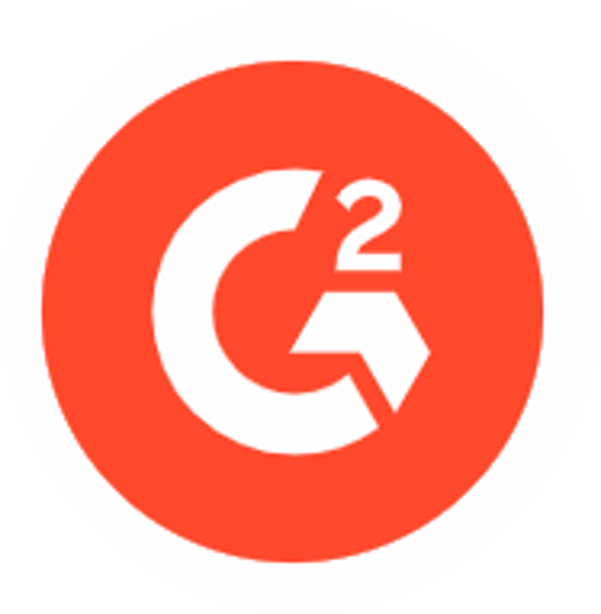In today's digital age, the efficient management of control flow is crucial for ensuring the smooth operation of various systems and processes. Control flow refers to the order in which individual instructions or steps are executed within a program or a digital process. Whether it's a simple task like sending an email or a complex operation like running a large-scale database, understanding and effectively managing control flow is essential for achieving desired outcomes. In this blog post, we will explore how digital processes manage control flow and the mechanisms that enable them to do so.
Control flow management is an integral part of programming and software development. It determines the sequence of actions or instructions that a computer program follows to achieve its intended purpose. Without proper control flow management, programs would execute in a chaotic and unpredictable manner, leading to errors, inefficiencies, and even system failures. Digital processes rely on several techniques and tools to manage control flow effectively. Let's delve into some of the key mechanisms involved.
Conditional Statements:
Conditional statements play a vital role in control flow management. These statements allow programs to make decisions based on specific conditions. A common example is the "if-else" statement. It allows the program to execute different sets of instructions based on whether a particular condition is true or false. Conditional statements enable digital processes to adapt their behavior dynamically and make decisions based on real-time data or user inputs.
Loops:
Loops are another essential mechanism for control flow management. They allow programs to repeat a set of instructions until a certain condition is met. Loops provide flexibility and efficiency, particularly when dealing with repetitive tasks or iterating through large datasets. Two commonly used types of loops are the "for" loop and the "while" loop. The "for" loop iterates over a predefined range, executing a block of code a specific number of times. The "while" loop repeats a block of code as long as a given condition remains true.
Functions and Procedures:
Functions and procedures are modular components that encapsulate a set of instructions. They promote code reusability and help manage control flow by breaking down complex processes into smaller, manageable parts. Digital processes can call functions or procedures when needed, passing input parameters and receiving output values. This modular approach simplifies control flow management by reducing code duplication and promoting better organization and maintainability.
Exception Handling:
Exception handling is crucial for managing control flow when unexpected errors or exceptional conditions occur during program execution. Exceptions can arise due to input validation failures, resource unavailability, or other unpredictable events. By incorporating exception handling mechanisms, digital processes can gracefully recover from errors and ensure that critical operations continue to execute correctly. Exception handling involves catching and handling specific exceptions, allowing the program to take appropriate actions or provide meaningful error messages.
Event-driven Programming:
Event-driven programming is a paradigm that focuses on responding to external events or user interactions. In this approach, control flow is determined by the occurrence of events rather than following a predefined sequence of instructions. Digital processes built using event-driven programming frameworks or libraries can wait for events and trigger specific actions in response. This allows for efficient utilization of system resources and responsiveness to user inputs or real-time data.
Multithreading and Asynchronous Programming:
Managing control flow becomes more challenging when dealing with concurrent tasks or operations that involve waiting for external resources. Multithreading and asynchronous programming techniques address these challenges by allowing digital processes to execute multiple tasks concurrently and efficiently manage control flow between them. Multithreading enables programs to execute multiple threads simultaneously, while asynchronous programming allows tasks to execute independently without blocking the main program's flow.
State Machines:
State machines provide a systematic way to manage control flow by defining different states and transitions between them. A state machine consists of a set of states, events, and actions. Digital processes can utilize state machines to model complex behaviors and manage control flow based on the current state and the occurrence of specific events. Each state represents a particular condition or mode of operation, and transitions between states are triggered by events. State machines provide a clear and structured approach to control flow management, making it easier to understand and maintain complex digital processes.
Workflow Management Systems:
Workflow management systems (WMS) are specialized software tools designed to streamline and automate business processes. These systems enable organizations to define, execute, and monitor workflows, which are a series of interconnected tasks or activities. WMSs allow for the efficient management of control flow by providing a visual representation of the workflow, defining the sequence of activities, and enforcing business rules and dependencies. They ensure that tasks are executed in the correct order and that data flows smoothly between different stages of the process.
Decision Trees and Rule Engines:
Decision trees and rule engines are used to manage control flow based on a set of predefined conditions and rules. Decision trees provide a hierarchical structure of decisions and their possible outcomes. Digital processes can evaluate different conditions and follow specific branches of the decision tree accordingly. Rule engines, on the other hand, use a set of rules to determine the appropriate course of action based on the current context. These mechanisms enable processes to make intelligent decisions and manage control flow based on predefined criteria.
Workflow Orchestration:
Workflow orchestration involves coordinating the execution of multiple interconnected processes or microservices to achieve a specific outcome. It manages control flow by defining the dependencies and interactions between different components. Orchestration tools enable digital processes to execute tasks in parallel, sequence them appropriately, and handle failures or exceptions gracefully. By coordinating the flow of data and activities, workflow orchestration ensures that the overall process operates smoothly and efficiently.
In conclusion, effective management of control flow is vital for the successful execution of digital processes. By utilizing various mechanisms such as conditional statements, loops, functions, exception handling, event-driven programming, multithreading, state machines, workflow management systems, decision trees, rule engines, and workflow orchestration, digital processes can ensure that instructions are executed in the desired order and respond dynamically to changing conditions.
These mechanisms provide flexibility, efficiency, and reliability, enabling organizations to optimize their processes, enhance user experiences, and achieve their desired outcomes in the digital landscape. To learn how FlowWright handles Control Flow book time with a specialist today.







